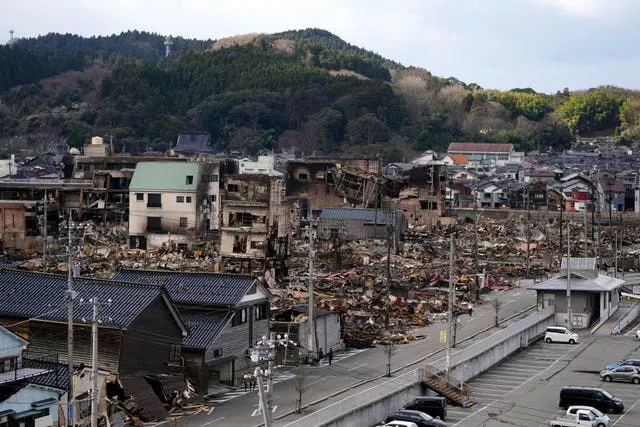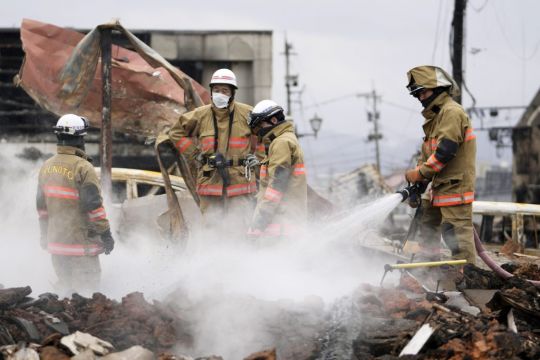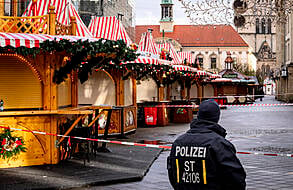A woman has been pulled from the rubble 72 hours after a series of powerful earthquakes rattled Japan’s western coast.
Despite rescue efforts, the death toll has risen to at least 94 people, and the number of missing was lowered to 222 after it shot up the previous day.
An older man was found alive on Wednesday in a collapsed home in Suzu, one of the hardest-hit cities in Ishikawa Prefecture.
His daughter called out: “Dad, dad,” as firefighters got him out on a stretcher, praising him for holding on for so long after Monday’s 7.6-magnitude earthquake.

Others were forced to wait while rescuers searched for loved ones.
Ishikawa officials said 55 of those who died were in the city of Wajima and 23 were in Suzu, while the others were reported in five neighbouring towns. More than 460 people have been injured, at least 24 seriously.
The Earthquake Research Institute at the University of Tokyo found that the sandy coastline in western Japan shifted by up to 820ft seaward in some places.
The earthquakes set off a large fire in the town of Wajima, as well as tsunamis and landslides in the region.
With some routes cut off by the destruction, worries grew about communities in which water, food, blankets and medicine had yet to arrive.

The United States announced 100,000 dollars (around £79,000) in aid on Friday, including blankets, water and medical supplies, and promised more help would come. Dodgers major league baseball player Shohei Ohtani also announced aid for the Noto area, though he did not disclose the amount.
Thousands of Japanese troops have joined the effort to reach the hardest-hit spots on the Noto Peninsula, the centre of the quake, connected by a narrow land strip to the rest of the main island of Honshu.
Experts warned of disease and even death at the evacuation centres that now house about 34,000 people who lost their homes, many of them older.
Dozens of aftershocks have rattled Ishikawa and the neighbouring region in the past week. Japan, with its criss-crossing fault lines, is an extremely quake-prone nation. Weather forecasts called for rain and snow over the weekend, and experts warned of more aftershocks.
The region affected by the latest quakes is famous for its craftwork, including lacquerware, knives, ceramics, candles and kimono fabric.







